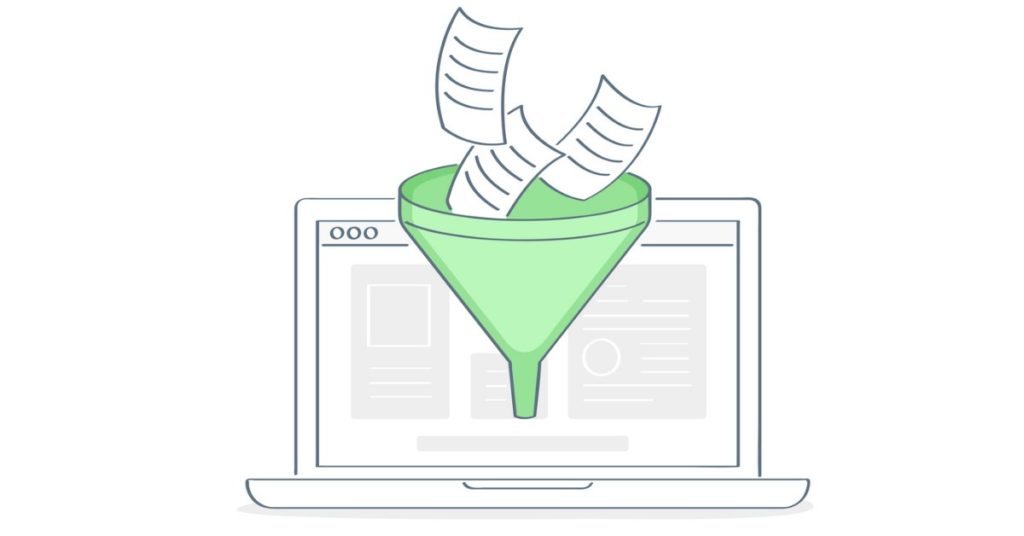“How long is that going to take?”
As project managers, we’re driven by dates. Customers, senior managers and stakeholders all want to know how long it will take to complete a project. And as project management professionals, we’re also measured by our ability to predict the future and be right about our predictions—despite the many unknowns. To answer the “how long” question, we have to plan the project, define tasks and gather estimates from the team.
When planning a project, the two most common questions, I ask up front are
- What are the tasks? and
- How long will the tasks take?
These are relatively simple questions, yet the project management field has developed many different techniques to answer these questions. For example, when you define the tasks,
- Do you follow a prescribed template or formal “standard” to plan the project?
- Do you look at past projects for similarities and reuse their project schedules as a starting point for project planning? or
- How do you use top-down or bottom-up approaches to plan your project?
When you estimate each task’s duration and cost, do you
- Ask a bunch of experts;
- Use a similar project’s estimates;
- Apply top-down planning; or
- Spend more time building a bottom-up estimate?
When you look at the various techniques, there are a lot of ways to answer those original two simple questions I pose at the top of this article.
Here’s a look at how to use top-down and bottom-up planning to identify and estimate your project tasks.
Question 1: What are the tasks?
Using the Top-Down Approach
The top-down approach to defining project tasks involves starting with the project goal or final deliverable and breaking it down into smaller planning chunks. We call them work packages. Each of these work packages or “chunks” is further refined into greater detail, and then work items are assigned to team members.
The top-down approach works well when there’s a clear insight into the details of a project, and the leading project manager has a big picture of how the project contributes to the organization.
The benefit of top-down is that the major tasks are quickly identified, and the details are later refined by the project team. However, the downside is that details might be missed without a detailed review by the project team.
A Top-Down Example
Let’s say you’re responsible for upgrading your application’s hardware and software layers. Based on past experience, you know you’ll need to install a new server, install the upgraded operating system, and then install the latest version of the application software. These are all top-down tasks that can be assigned to a project team to implement. The risk is that the application software doesn’t work on an upgraded software layer due to a conflicting API or compiled library. The challenge is in all those pesky details that impact your project.
Using the Bottom-Up Approach
The bottom-up approach to answering “What are the tasks?” relies on project team members identifying the tasks and then organizing them into specific groups or work packages. If you applied a bottom-up approach to identify tasks for the software upgrade mentioned above, the entire project team would brainstorm all the tasks required to correctly upgrade the system. There’s also a greater chance that a team member will identify an operating system conflict or at least include a step to test that feature than in top-down planning. Ideas get flowing and tasks can be written down on sticky note pads or index cards. All these tasks can then be logically grouped into categories that make up each work package.
The bottom-up approach results in a more detailed schedule, but it’s also a time-consuming approach compared with the top-down task planning approach. The schedule you create is based on direct input from experts who will be implementing the project; it’s also a useful technique to build teamwork.
If your organization doesn’t have previous experience with the type of project you’re trying to plan, this approach helps identify unknown tasks.
Question 2: How long will the tasks take?
Once you have the tasks, the top-down or bottom-up estimation approach can be applied.
Using the Top-Down Approach
The top-down approach to “how long” is usually done by managers for budget planning, portfolio planning or for conducting feasibility studies. In these cases, a great level of detail isn’t known and there are many assumptions made with potential inaccuracies.
I’ve used this approach when planning the next year’s project portfolio and estimating the number of resources required while developing a rough project timeline and cost estimate. At this stage, I don’t know the full detailed scope, but I know I need people and a budget to complete the project. During the project planning phase, I’ll detail the specifics and refine the actual costs.
Using the top-down approach, the project timeline and cost accuracy aren’t very precise, as detailed planning hasn’t begun. The cost and timeline can be used as a range or a guideline, but formal budget and date commitments should wait until detailed planning has completed. The benefit of using the top-down approach here is that funding and resource planning can be done quickly through consensus. The trade-off is that project cost and schedule dates aren’t as accurate.
Using the Bottom-Up approach
The bottom-up approach to “How long?” is my preferred project estimation method—but it takes a lot more time than top-down planning. In the bottom-up approach, the project team has defined the tasks and can make accurate estimates at a detailed level. Then, the sum of these estimates and task dependencies within each work package determine the total cost and timeline for the project schedule.
This technique is useful for developing detailed project budgets, schedules, and monthly forecasts. And, it helps define the specific resource skills needed during key phases of the project in order to get a more accurate schedule. The tradeoff of using a bottom-up approach is that it requires more time.
Investing in the Right Approach
Project managers and stakeholders all want an accurate accounting of time and project costs. However, this level of accuracy costs money and time to produce, which means project managers and stakeholders need to balance project accuracy with project delivery.
I’ve been on some projects where the team had the luxury of spending several months to plan a project. More often than not, I’ve found that the project team is asked to meet a committed date in the future based on a top-down planning exercise. In these situations, I’ve conducted the bottom-up planning, identified the potential unknowns, and used the time to further detail those unknowns and mitigate potential risks.
A Bit of Both
Project planning can rely on both top-down and bottom-up planning techniques. The technique you choose depends on your specific planning goal. If you’re pursuing a portfolio planning goal, you’ll likely do a lot of top-down planning and let the project team work out the details.
If you’re the project manager implementing the current year’s plan, you’ll apply a bottom-up approach to validate the timeline and your initial budget assumptions. You can apply both of these techniques to answer “How long is that going to take?” The real project challenge is in predicting the future and being right!
Organizations don’t just want to have broad goals that only top-level personnel are aware of – they want to set, track, and measure goals across the entire company. Download our new eBook to learn how your team can be using OKRs.








